First-ever NSF Spectrum Week features broad participation, cross-cutting conversations
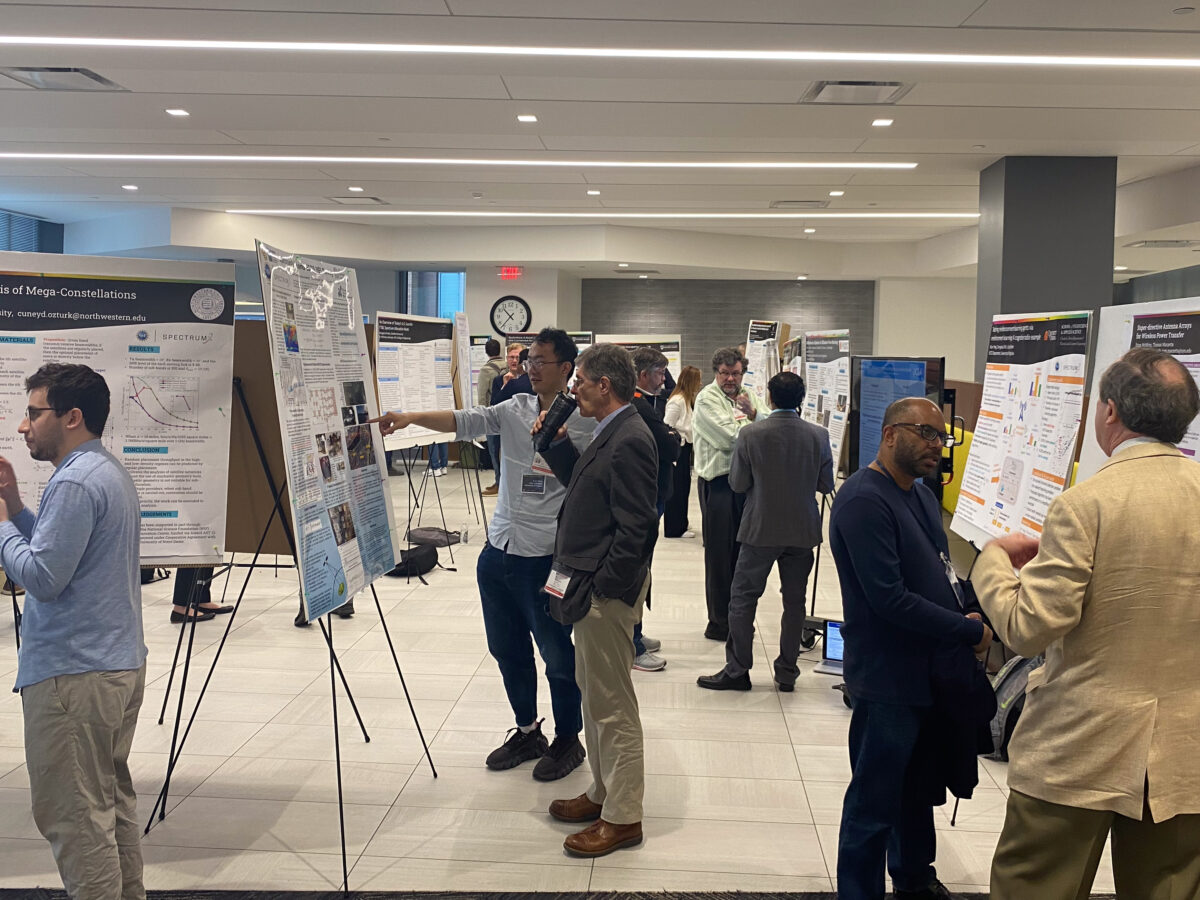
Story and photos by Christina Clark
From April 24 through April 28, 2023 the National Science Foundation (NSF) hosted its first-ever Spectrum Week at its headquarters in Alexandria, Virginia.
The purpose of the event was to foster conversation and discussions about research findings and implementations during official sessions as well as breaks between. The event featured a number of updates from three NSF Spectrum Innovation Initiative (SII) grant-supported programs and dynamic forecasts on what spectrum-related research, education, and policy engagement will look like in the United States.
“This meeting is the first of what we hope will be an annual series,” said John Chapin, Special Advisor for Spectrum at the NSF. “We are looking to strengthen the research, development, and education work that the NSF is supporting, and we think by helping the meeting’s attendees to interact, exchange information, and spark new collaborations and new ideas, we will be able to strengthen that by having meetings co-located instead of separately.”
The three NSF SII grant-supported programs that took part in NSF Spectrum Week were SWIFT, or Spectrum and Wireless Innovation Enabled by Future Technologies, the NSF’s fundamental research program in spectrum science and research; NRDZ, or National Radio Dynamic Zone, NSF’s program to advance the use of dynamic spectrum sharing; and SpectrumX – the NSF Center for Spectrum Innovation, which is the world’s largest academic hub where all radio spectrum stakeholders are invited to innovate, collaborate, and contribute to research, policy engagement, and workforce development projects. SpectrumX leadership organized the weeklong event in partnership with the NSF, to facilitate cross-fertilization among programs.
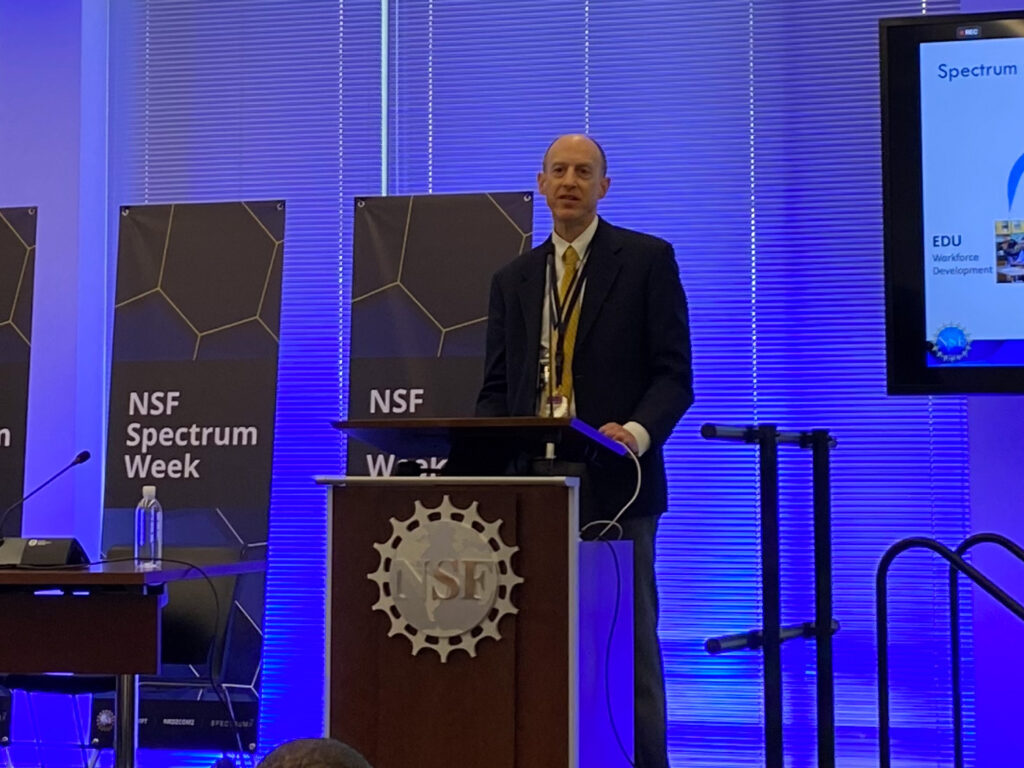
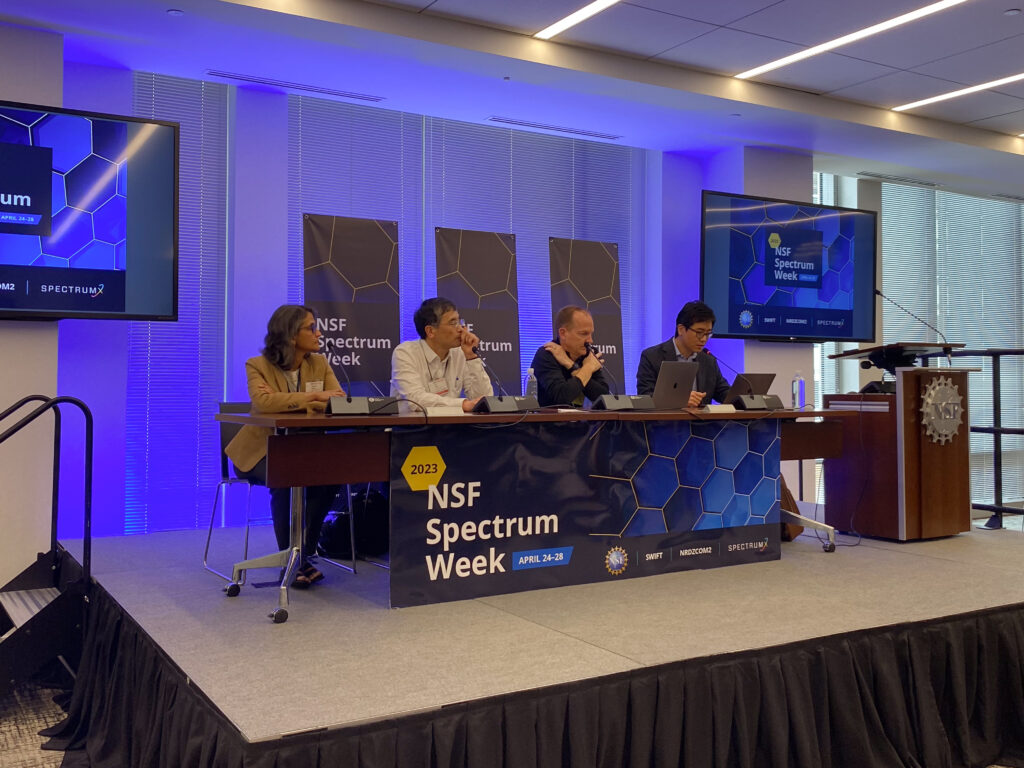
Chapin spoke about NSF’s aim to build a critical mass of support for researchers, stakeholders, and policy makers who want to be engaged in the larger national conversation.
“We are hoping to foster the development of a field of spectrum science,” said Chapin. “To really sustain innovation and education, and solve the nation’s problems, our view is that, over time, we need to grow this field. We’d like the kinds of interactions we see at Spectrum Week to achieve that by being together and to grow toward that goal.”
A Wide Array of Sessions
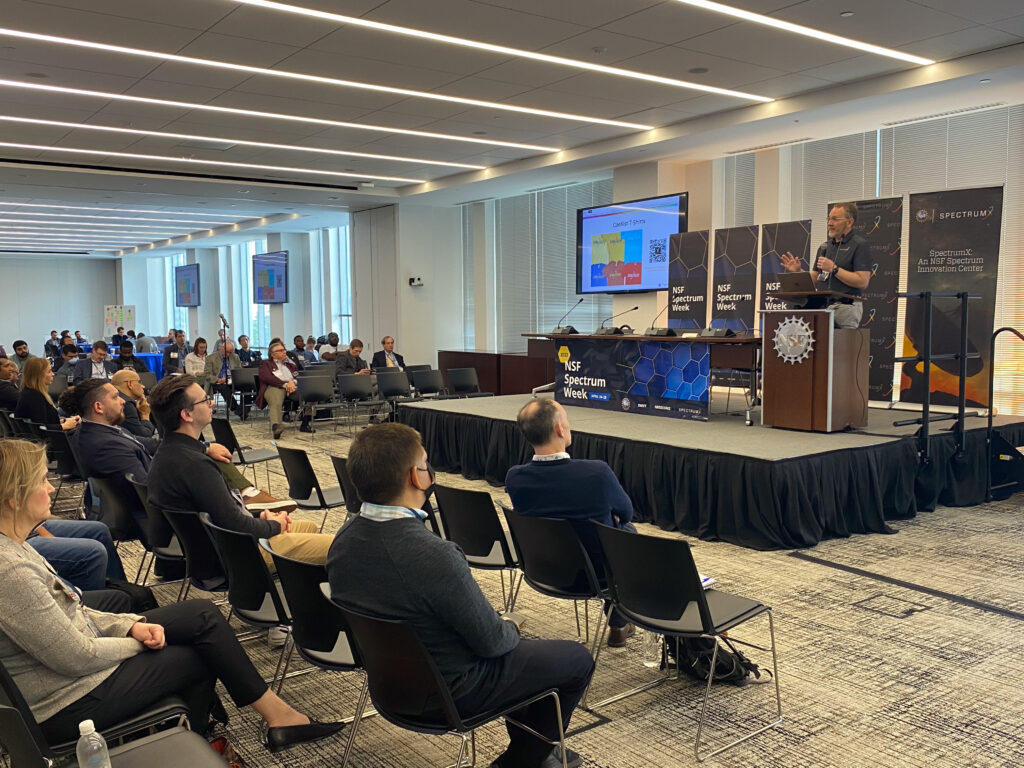
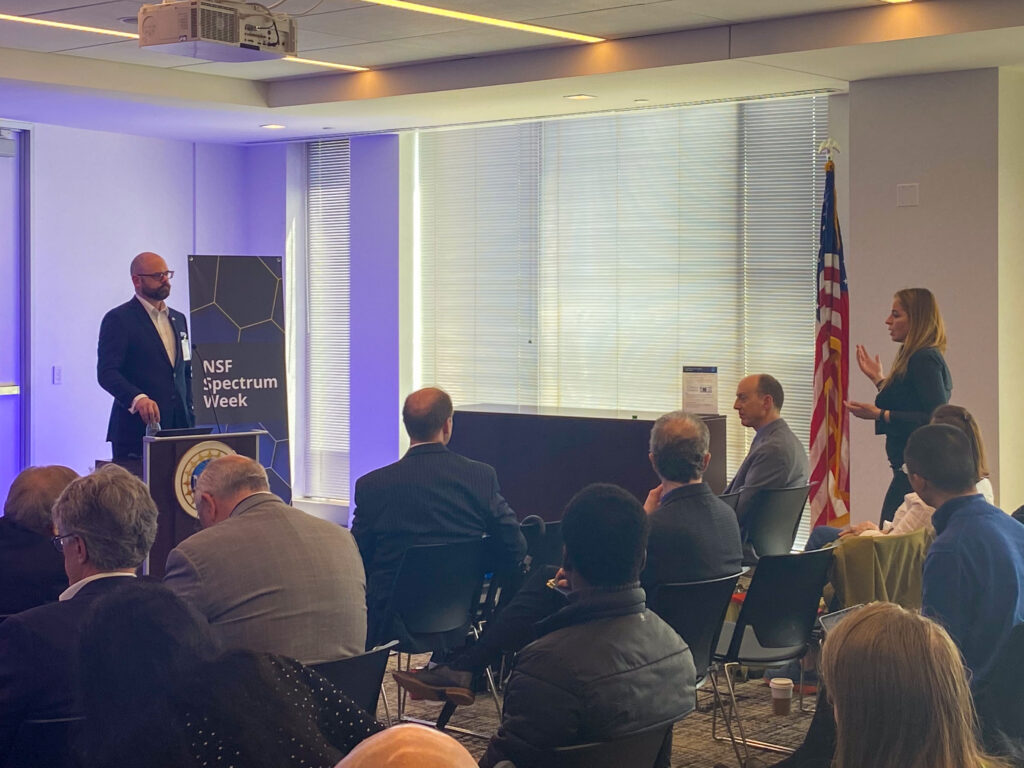
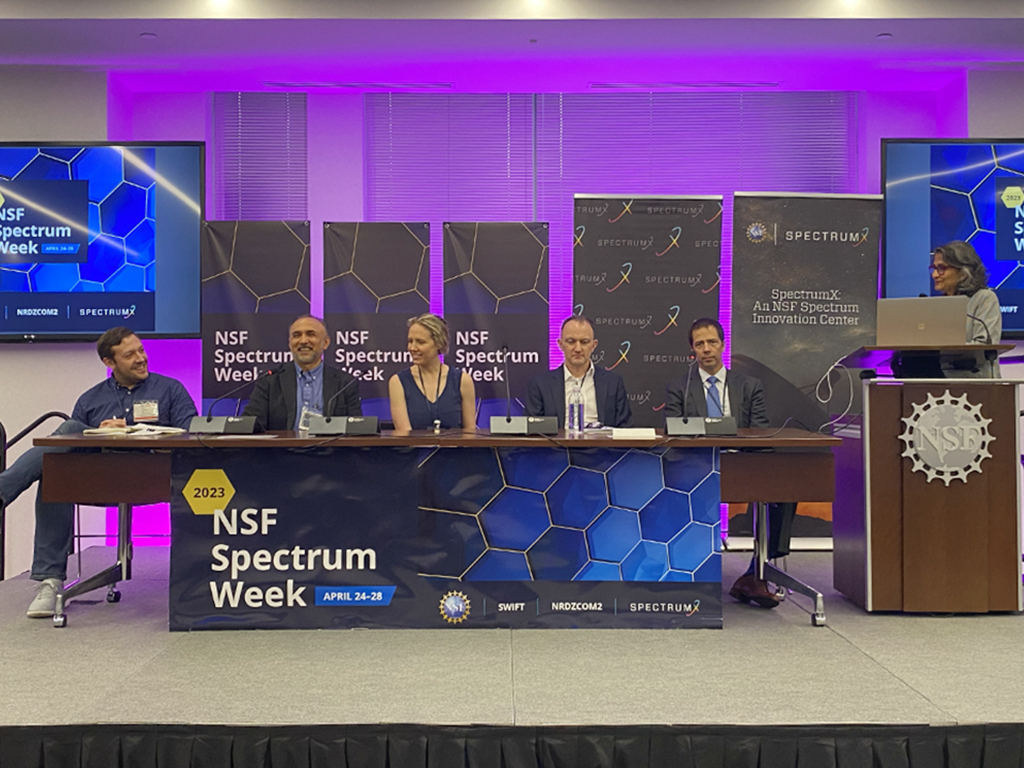
The week’s agenda was categorized into four sections across five days, including the SWIFT Principal Investigators meeting on Monday, April 24, and Tuesday morning, April 25; a Joint Plenary on Tuesday afternoon, April 25. From Wednesday, April 26 to Thursday morning, April 27, NRDZCOM2 was hosted, and SpectrumX’s Center Meeting rounded out the week on Thursday afternoon, April 27, and Friday, April 28.
At the height of NSF Spectrum Week, during the Joint Plenary on Tuesday when all three centers had representation, there were 227 registered attendees. NRDZCOM2, the NRDZ’s session, had 200 attendees, while the SWIFT meeting had 177 attendees, and the SpectrumX Center meeting included 139 in-person attendees. Throughout the week, those who attended crossed paths with undergraduate researchers from MSIs and representatives from federal agencies, including the NSF, the Federal Communications Commission (FCC), and the National Telecommunications and Information Administration (NTIA), commercial stakeholders, and more.
Making Spectrum Week a Tradition
The NSF announced its intention to facilitate a second NSF Spectrum Week in 2024, potentially as an annual event for NSF SII grant recipients and other interested stakeholders.
When announced, more information will be available at spectrumx.org.
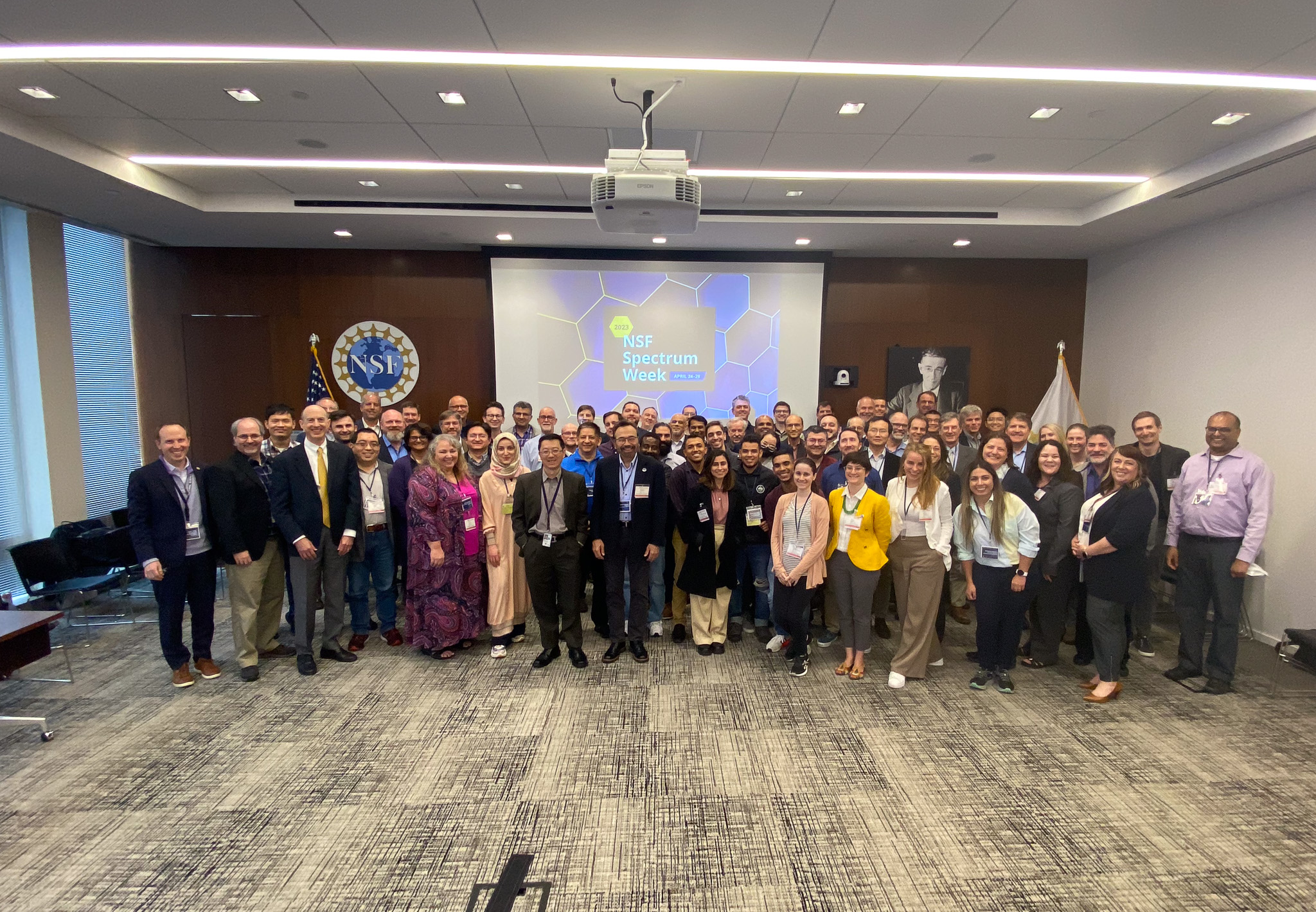
More Photos of NSF Spectrum Week 2023
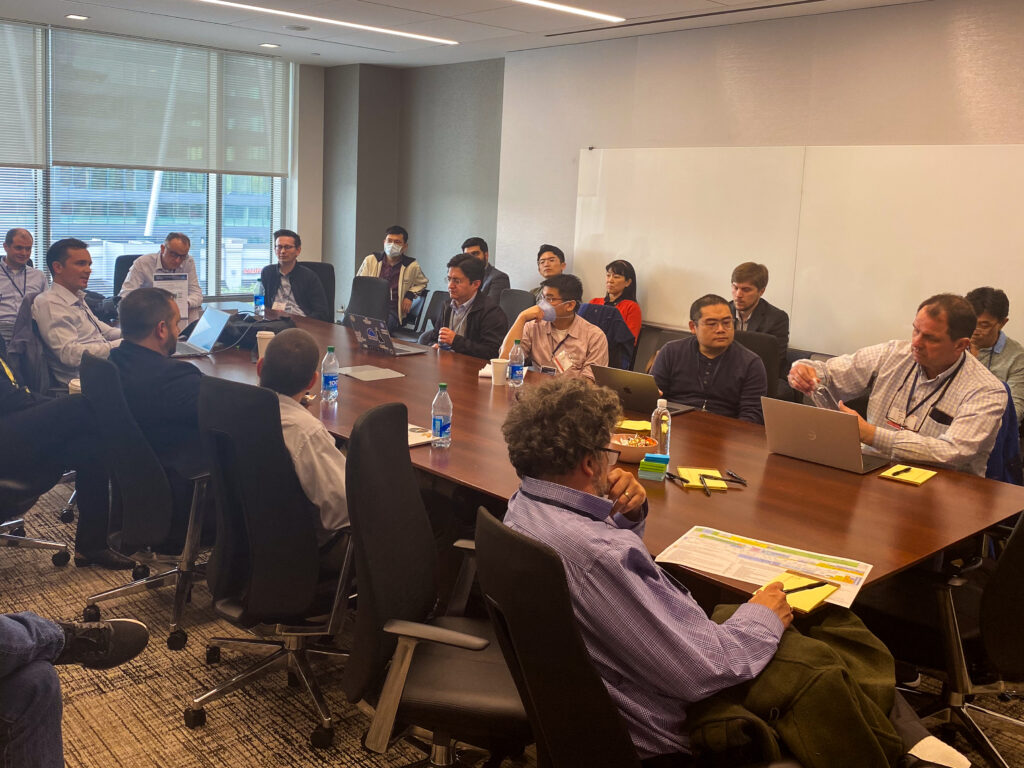
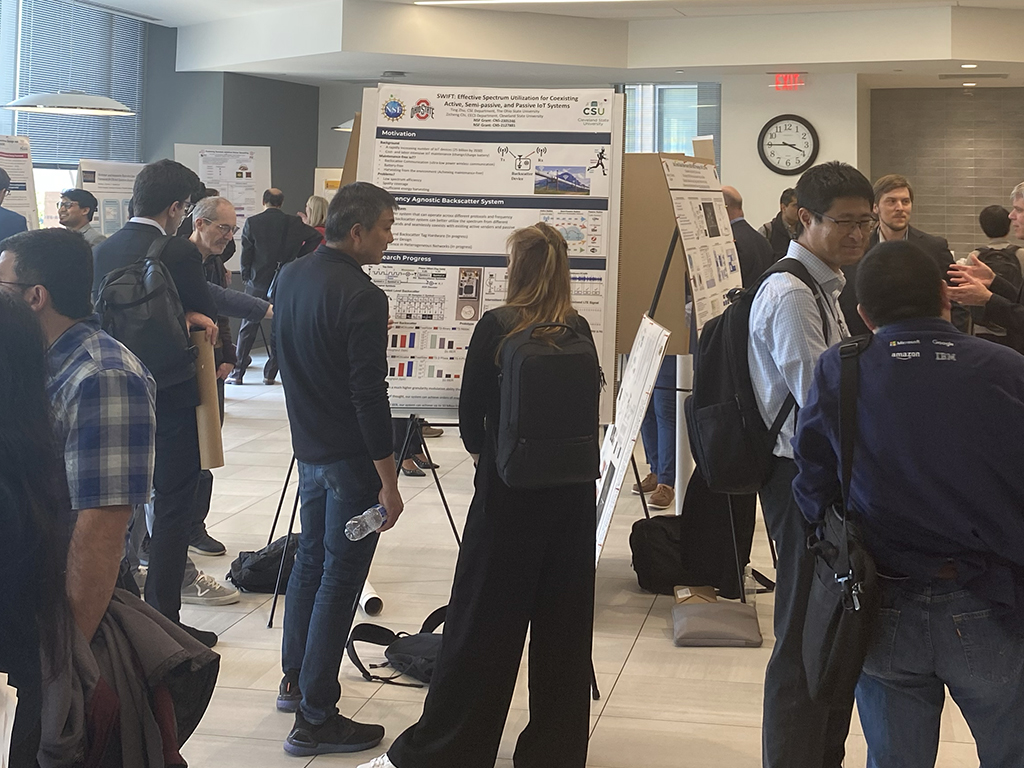
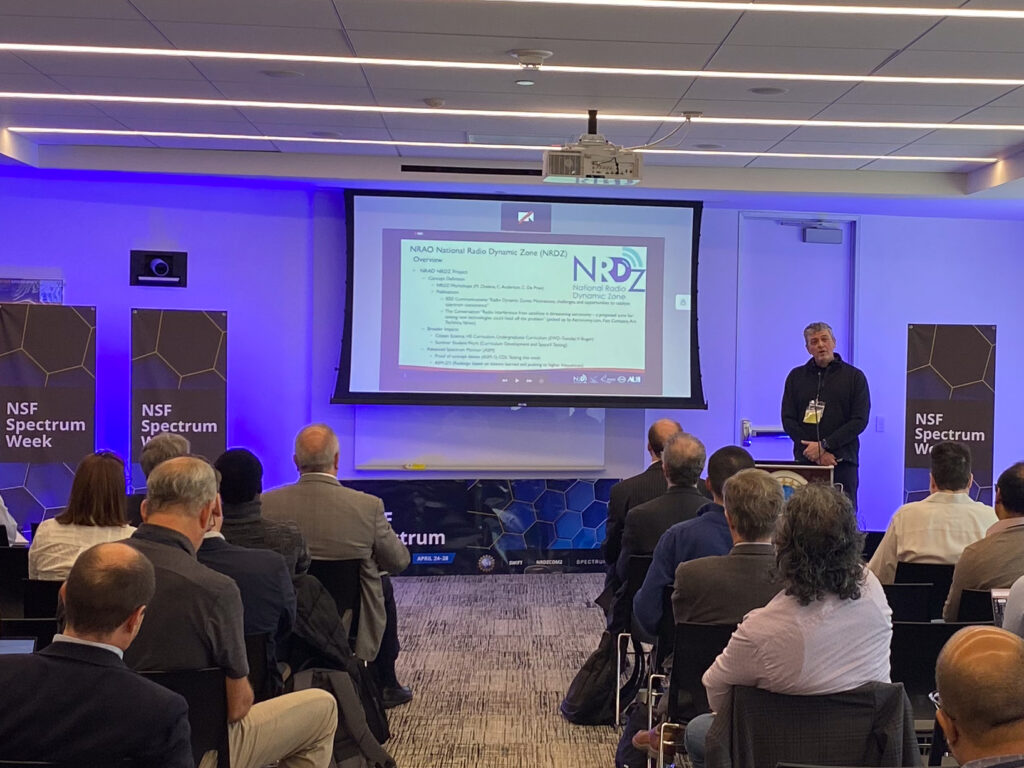
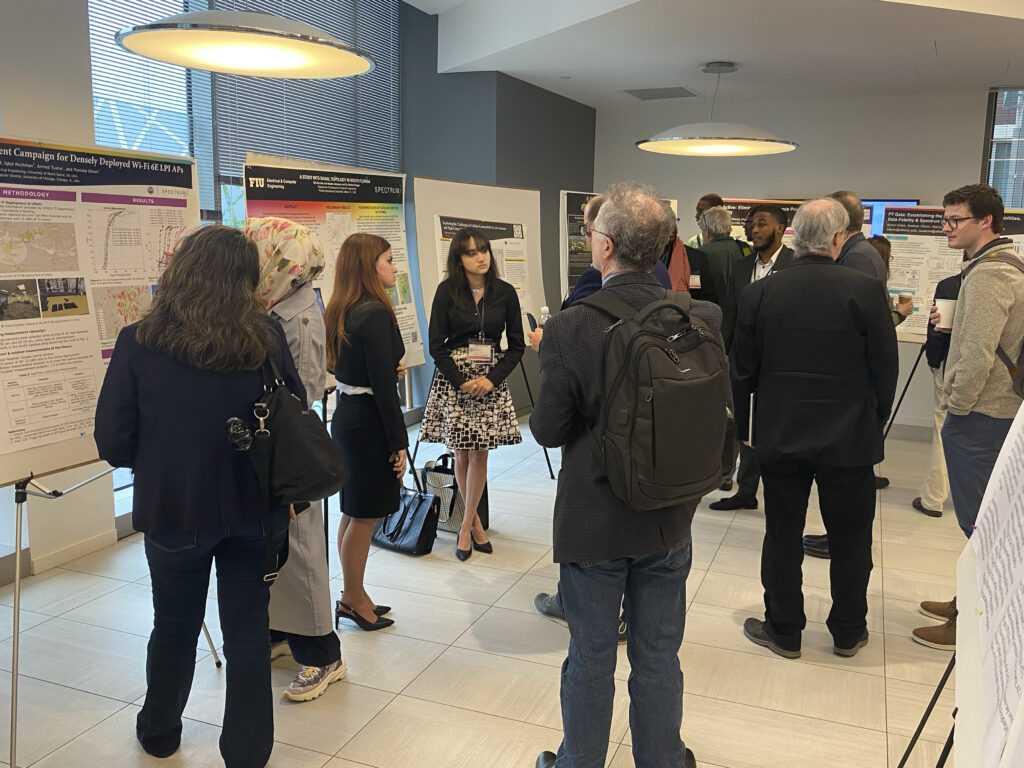
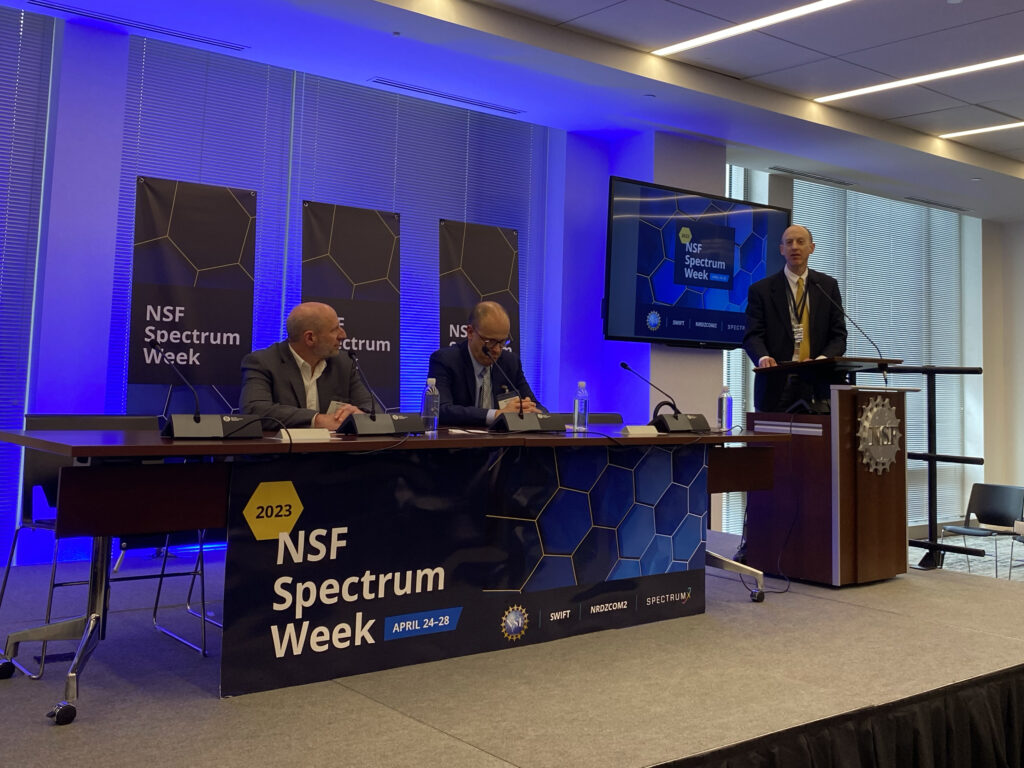
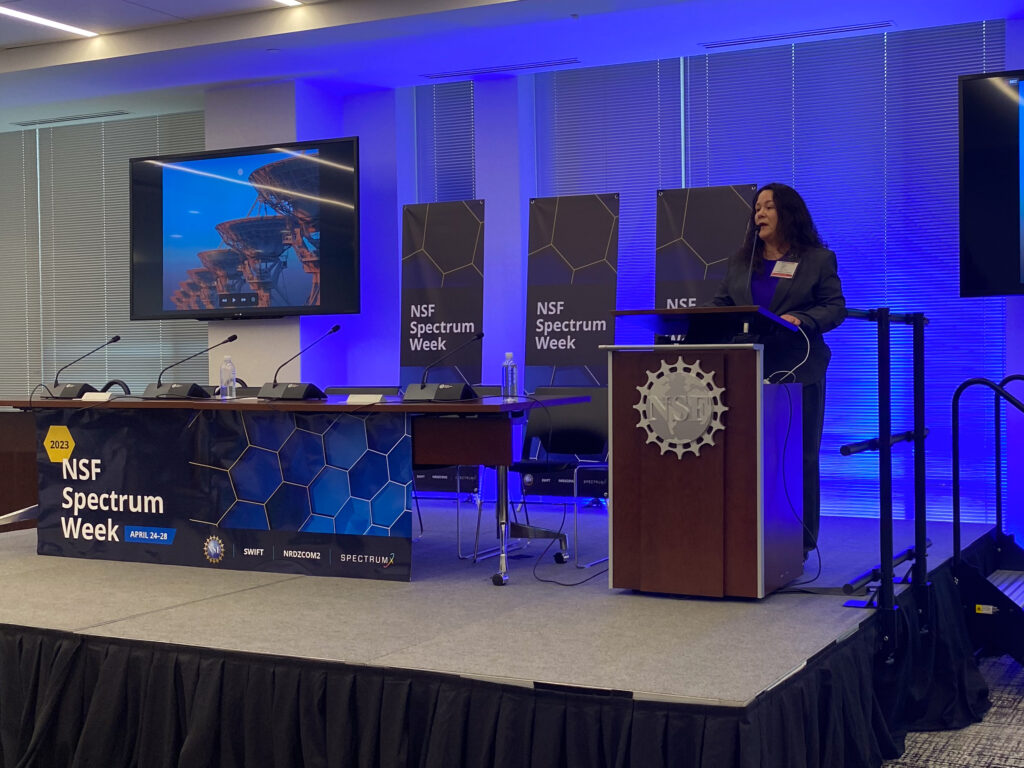
Learn more about NSF Spectrum Week here: https://spectrumweek.org/
Learn more about SpectrumX here: https://www.spectrumx.org/
About SpectrumX
SpectrumX is funded by the National Science Foundation (NSF) as part of its Spectrum Innovation Initiative, under grant number AST 21-32700. SpectrumX is the world’s largest academic hub where all radio spectrum stakeholders can innovate, collaborate, and contribute to maximizing social welfare of this precious resource.
To learn more about SpectrumX, please visit spectrumx.org.
Contact:
Christina Clark, Research Communications Specialist
SpectrumX / Notre Dame Research / University of Notre Dame
cclark26@nd.edu / 574.631.2665
spectrumx.org